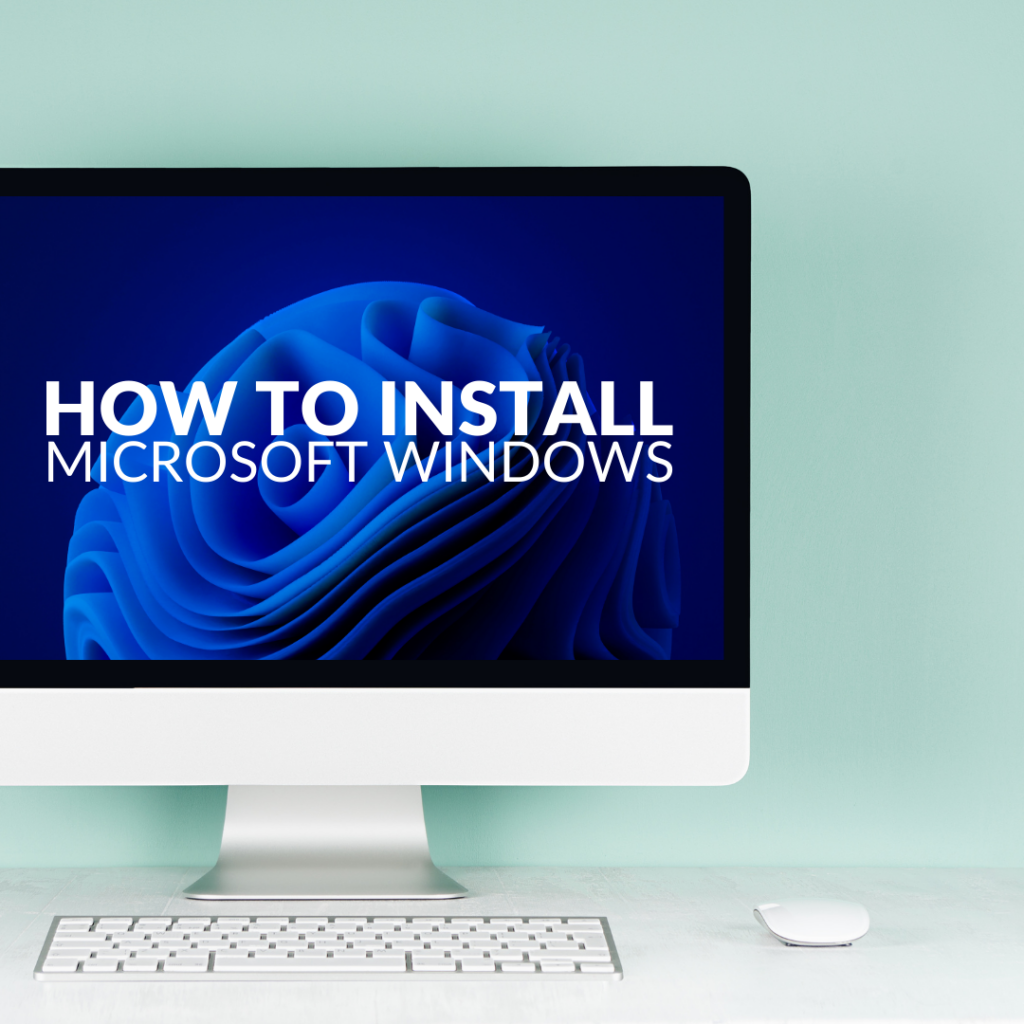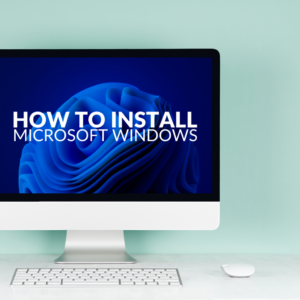Installing Windows 10 or 11 on your laptop from scratch can significantly improve its performance and give you a fresh start. Whether you’re upgrading to the latest version or performing a clean installation, the process is straightforward. In this guide, we will walk you through every step of the installation process, ensuring your laptop is ready to go.
Before You Begin: What You Need
Backup Your Data
Before proceeding with any installation, back up all important files from your laptop. A fresh installation will wipe your hard drive clean, erasing everything from personal documents to installed applications. Use an external hard drive, cloud storage, or a backup tool to ensure you don’t lose valuable information.
Check System Requirements
Ensure that your laptop meets the system requirements for Windows 10 or 11. If your device is compatible with either of these operating systems, you can move forward with the installation. To verify compatibility, check Microsoft’s official system requirements for both versions.
Have Your Product Key Ready
A valid Windows product key is essential for activation. If you’re upgrading from an older version, your key should already be tied to your Microsoft account. However, if you’re performing a fresh installation, you’ll need to ensure you have a valid product key for the version of Windows you’re installing.
Step 1: Download the Windows Installation Media
To begin the installation, download the necessary Windows installation files.
For Windows 10
- Go to the official Windows 10 download page.
- Click on “Download tool now” to get the Media Creation Tool.
- Open the tool, and select “Create installation media” (USB flash drive, DVD, or ISO file) for another PC.
- Follow the prompts to create a bootable USB drive.
For Windows 11
- Visit the Windows 11 download page.
- Download the Windows 11 Installation Assistant or the Media Creation Tool.
- Use the tool to create a bootable USB drive with the Windows 11 installation files.
Step 2: Prepare the USB Drive
- Insert your USB drive (at least 8GB in size) into your laptop.
- Open the Media Creation Tool and select the USB drive as the destination for the installation files.
- The tool will automatically download the necessary files and prepare the drive to boot from.
Step 3: Change the Boot Order in BIOS/UEFI
To boot from the USB drive, you will need to adjust the boot order in your laptop’s BIOS/UEFI settings.
- Restart your laptop and press the key that takes you to the BIOS/UEFI settings (commonly F2, F10, F12, or Esc).
- In the BIOS/UEFI menu, navigate to the Boot tab and set the USB drive as the primary boot device.
- Save your changes and exit the BIOS/UEFI settings. Your laptop will restart and begin booting from the USB drive.
Step 4: Install Windows on Your Laptop
Once your laptop boots from the USB drive, you will see the Windows installation screen.
- Choose your language and keyboard layout. Click Next to continue.
- Click Install Now to begin the installation process.
- If prompted, enter your product key. If you’re upgrading, you can skip this step as your key may already be linked to your Microsoft account.
- Select the edition of Windows (e.g., Windows 10 Home, Pro, or Windows 11) that matches your product key.
- For a fresh installation, choose the Custom: Install Windows only (advanced) option. If upgrading, select the upgrade option.
- You’ll be asked to partition your hard drive. Select the partition where you want to install Windows, or delete existing partitions if you want to start fresh. Click Next to begin the installation.
Step 5: Complete the Setup
After installation, Windows will prompt you to complete a few configuration steps.
- Set your region and keyboard layout, and click Next.
- You can sign in with a Microsoft account or create a local account.
- Choose your privacy settings, such as location preferences and activity history.
- Windows will finalize the setup, and you will be brought to the desktop.
Step 6: Install Drivers and Updates
Now that Windows is installed, it’s important to install the necessary drivers and updates to ensure your system is fully optimized.
- Go to Settings > Update & Security > Windows Update and click Check for Updates.
- If any drivers are missing, visit your laptop manufacturer’s website to download and install the latest drivers.
- Make sure to install drivers for key components such as the graphics card, network adapter, and audio devices.
Step 7: Activate Windows
If you haven’t already entered your product key, you will need to activate Windows.
- Navigate to Settings > Update & Security > Activation.
- Enter your product key if required, or sign in with your Microsoft account if your product key is tied to it.
Conclusion
You’ve successfully installed Windows 10 or 11 on your laptop! By following these steps, you’ve ensured that your laptop is running the latest operating system, fully updated, and ready for use. Don’t forget to back up your important files regularly and install the latest security patches from Microsoft.
If you need further assistance with setting up your Windows system or troubleshooting any issues, be sure to check out Psero.com for additional tips and resources.

